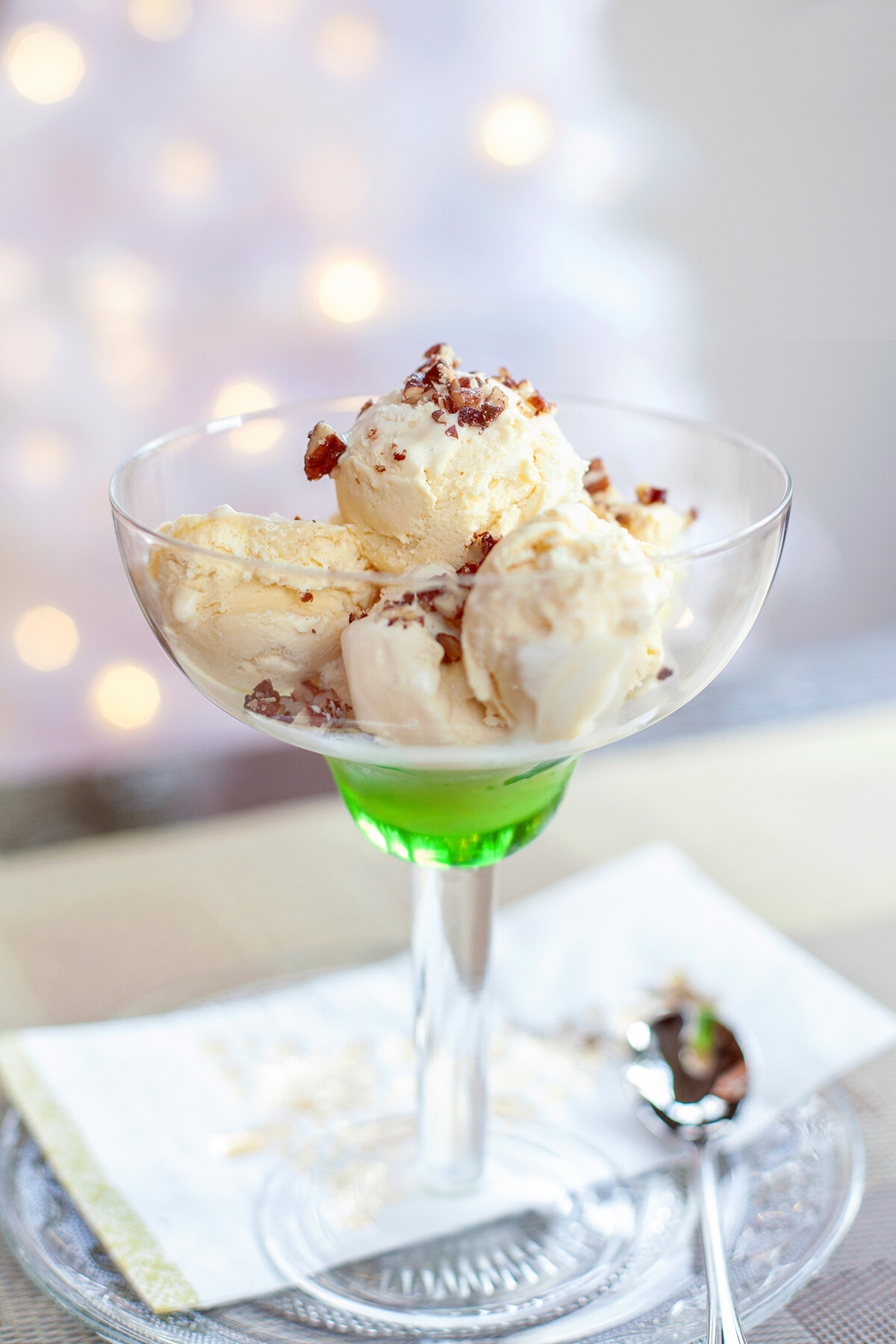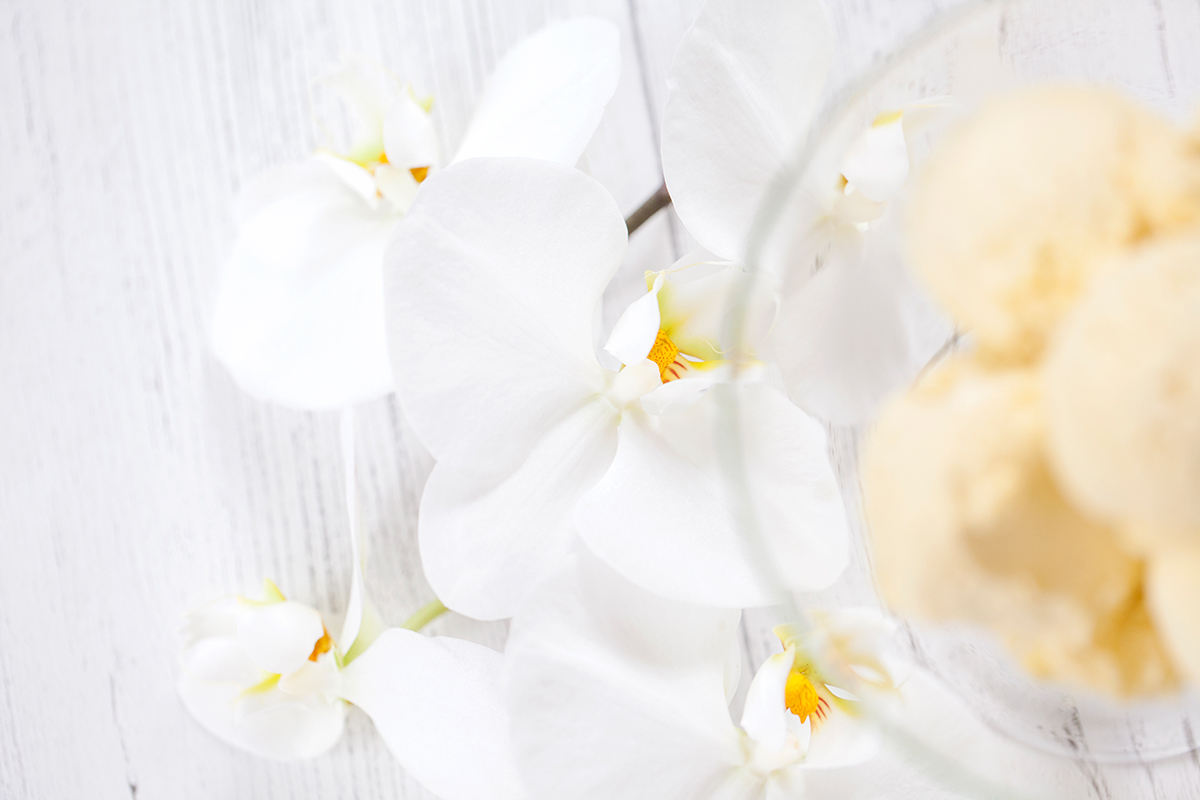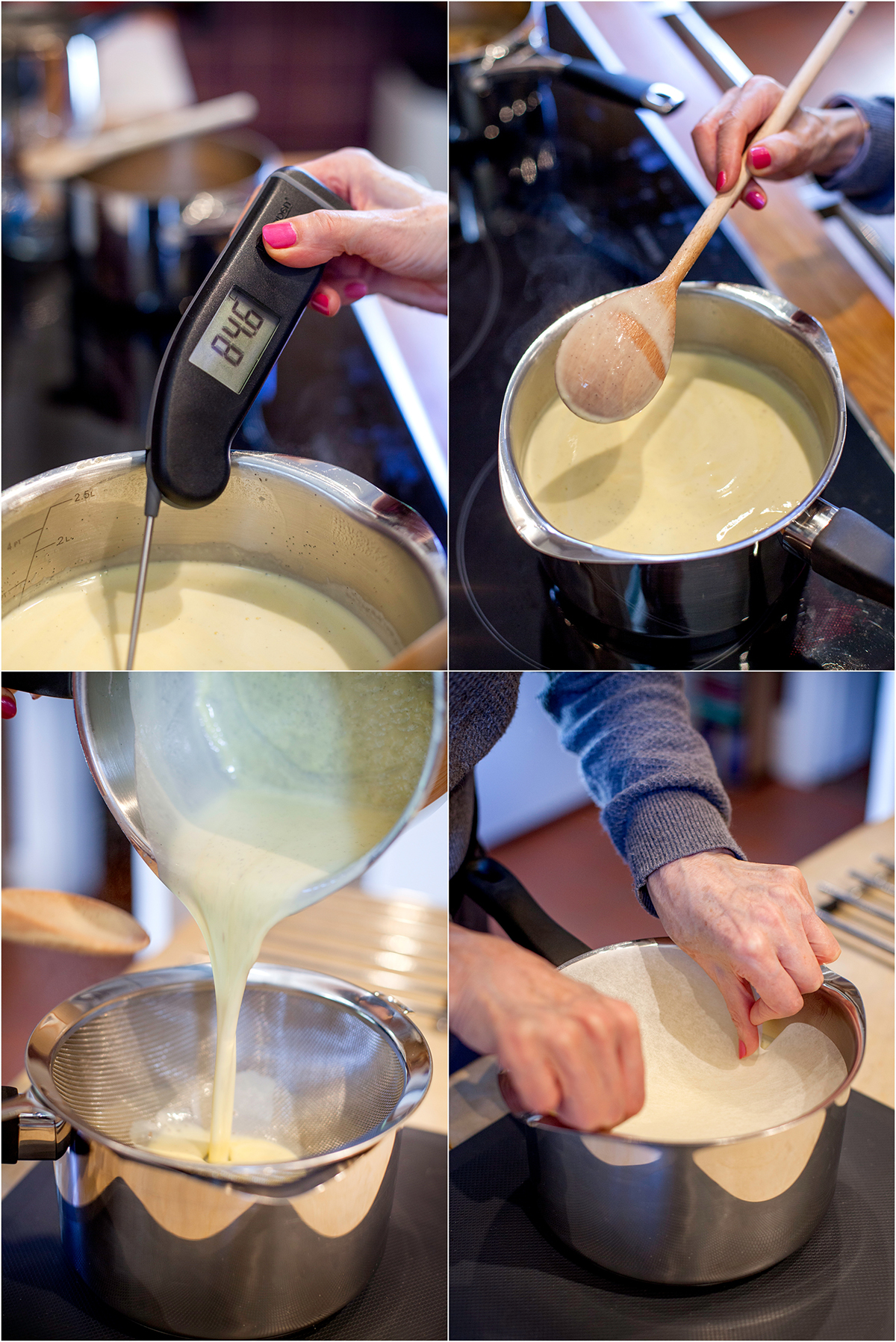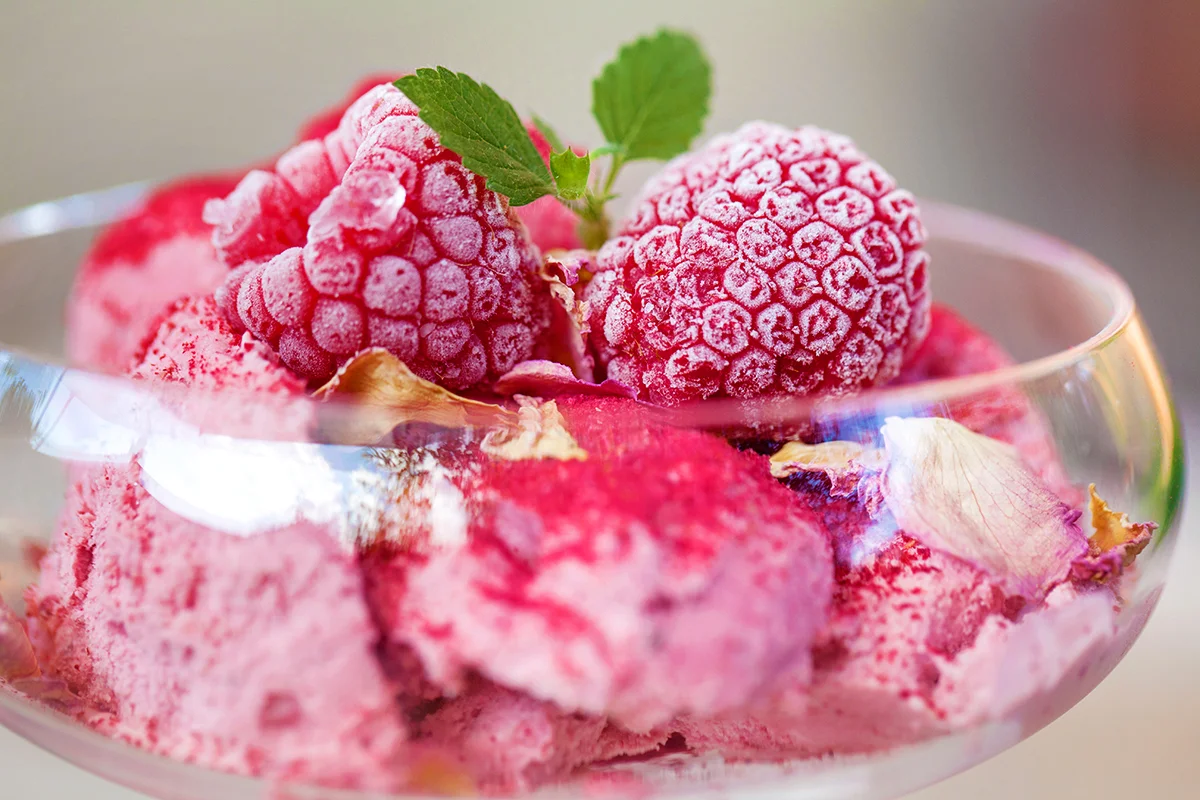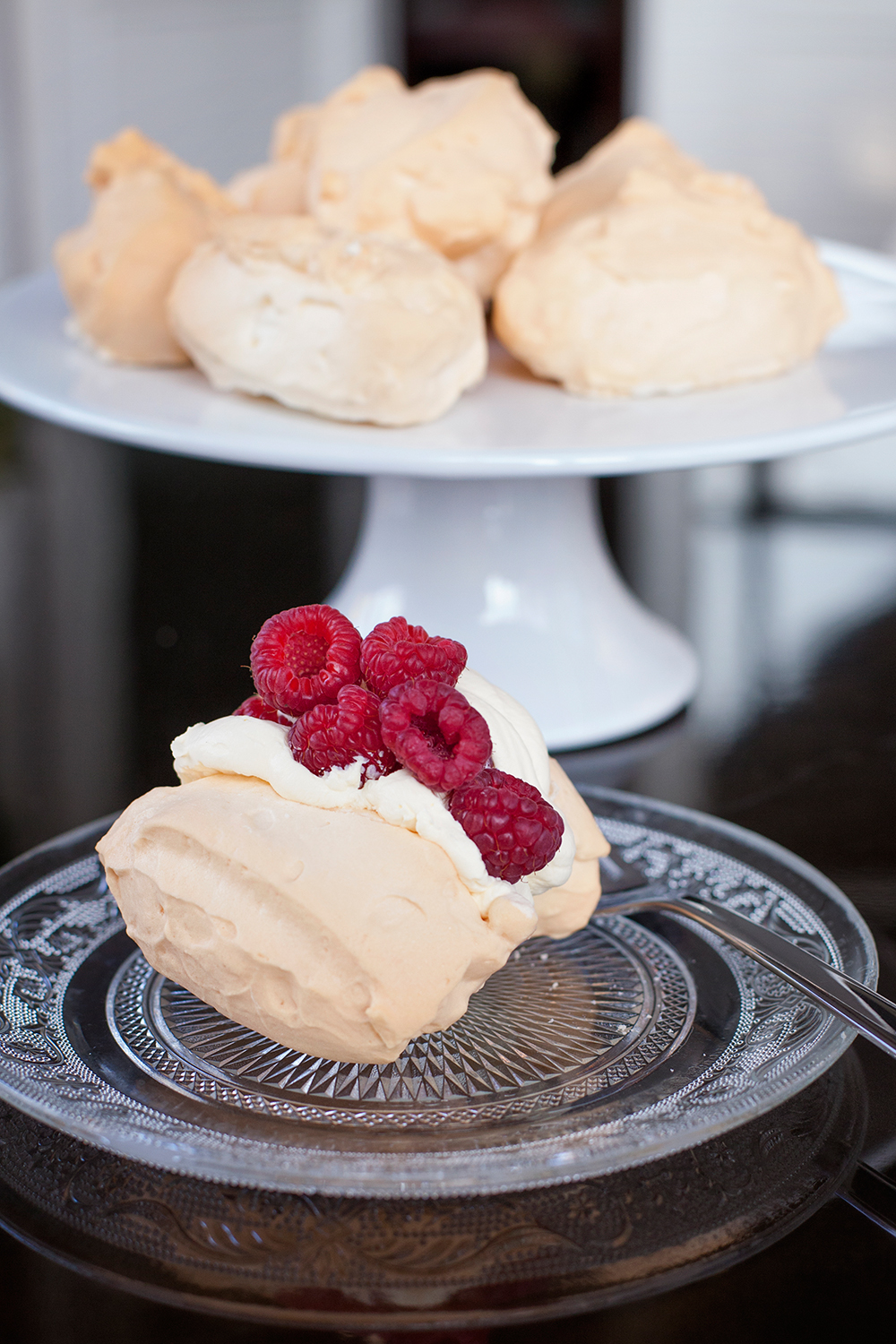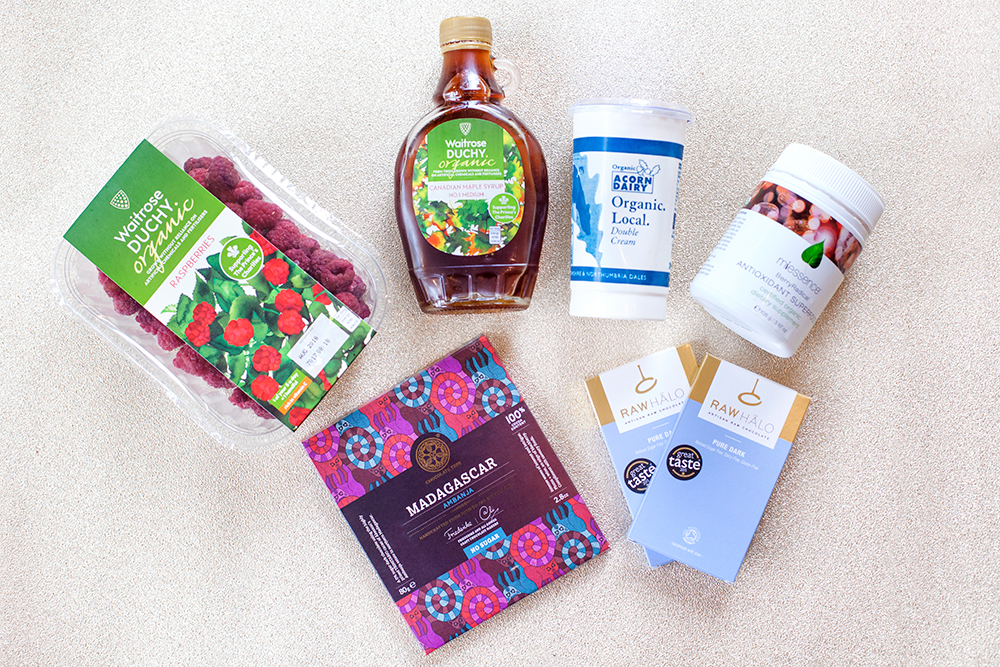Continuing the theme of Susan’s very merry, get-ahead Christmas, this is the recipe I promised to share in my last blog post and it’ll be my last culinary ‘hurrah’ of 2019.
With lots of celebratory meals to cook during the next two weeks, I’ve recently been on a mission to find super-simple, festive food that can be prepared in advance so that when party-time beckons I’m not a slave to the task. So far so good. Last Tuesday we celebrated John’s birthday with a knockout Coq Au Vin and ketofied cranberry & cinnamon cheesecake with a single sturdy candle atop to transform it into a “Happy Birthday to You” cake.
As much as there was some debate between the boys over how to divvy-up leftovers (they took half each), Sarah’s boyfriend already knows what he wants for dessert on his birthday next month and it’s this scrumptiously creamy Maple Ice Cream, which I recently discovered in Rose Elliot’s book ‘Vegetarian Four Seasons’. However, because organic whipping cream isn’t widely available, I’ve adapted the recipe by combining raw milk with double cream for the same smooth, velvety and decadent result. It tastes divine.
Made in about 20 minutes with just four ingredients, the star of the show is clearly the pure maple syrup flavour that shines through. The caramelised pecans were an afterthought but add a nice, nutty crunch, which Sarah thought elevated Maple Ice Cream far beyond the luxury “cookies & cream” commercial ice cream available in shops.
This Maple Ice Cream always evokes deep sighs of appreciation when my family tuck-in so I think it earns a well-deserved place in every cook’s Christmas repertoire. The only challenge is keeping shtumm about the secret stash stored in the freezer. If my lot know that it’s there…game over. They just don’t want to hear that good things come to those that wait, even if it is only three more sleeps!
Wishing everyone a deliciously happy Christmas.
Maple Ice Cream (serves 8)
Ingredients - for the ice cream
3 large organic egg yolks
75ml pure organic maple syrup
225ml organic double cream
75ml full-fat milk
Ingredients - for the caramelised pecan topping
100g raw organic pecan nuts
10g organic unsalted butter
1 tbsp organic maple syrup
15g Sukrin Gold
½ tsp organic ground cinnamon
Instructions - for the ice cream
In a medium-sized bowl beat the eggs yolks with a hand-held electric whisk until pale and creamy.
Put the maple syrup in a small, heavy saucepan and place it over a medium-high heat.
Bring to a boil, reduce the heat to medium, and continue boiling for about 3 to 4 minutes, until it reaches 110 ℃ / 225 ℉ on a thermometer or a drop of it will form a thread when pulled between your finger and thumb.
Immediately pour the hot syrup over the beaten egg yolks, whisking continuously as you do so. Keep whisking for another 3-4 minutes until the mixture is cool and very thick and creamy. Set aside.
Whisk the milk and double cream together in a medium bowl until it holds its shape.
Gently fold the whipped cream into the cooled egg yolk mixture until evenly incorporated.
Pour int o a freezer-proof, lidded glass container. Cover and freeze until firm.
Remove from the freezer about 15 minutes before you want to serve the ice cream to allow it to soften up a little for easier scooping.
Instructions - for the caramelised pecan topping (optional)
Melt the butter in medium frying pan over medium-high heat.
Add the Sukrin Gold, maple syrup and cinnamon and stir together with a spatula or wooden spoon until completely dissolved.
Add the pecans to the pan in a single layer, then reduce the heat down to medium. Gently stir, turning the nuts over from from time to time, until evenly toasted (takes about 5 minutes). Tip: Watch closely, the pecans can very quickly go from being done to burned.
When cooked, transfer to a baking tray lined with non-stick paper to cool down. When completely cold (can take a couple of hours or so) they’ll firm up and stay crunchy.
Store the caramelised pecans in an airtight container for up to a week (they don’t need to be kept in the fridge).
Notes
If you subscribe to the idea that a little of what you fancy does you good, a few caramelised pecan halves is a healthy snack, which satisfies the urge for something sweet. However, I think they’re best used for making a crunchy topping to complement Maple Ice Cream. Two irresistible sweet treats rolled into one delicious low-carb dessert? Of course - it’s Christmas. Beat that Santa!
Fat 17g Protein 2g Carbohydrate 10g - per serving of ice cream
Fat 10g Protein 1g Carbohydrate 4g - per serving of caramelised pecan topping
